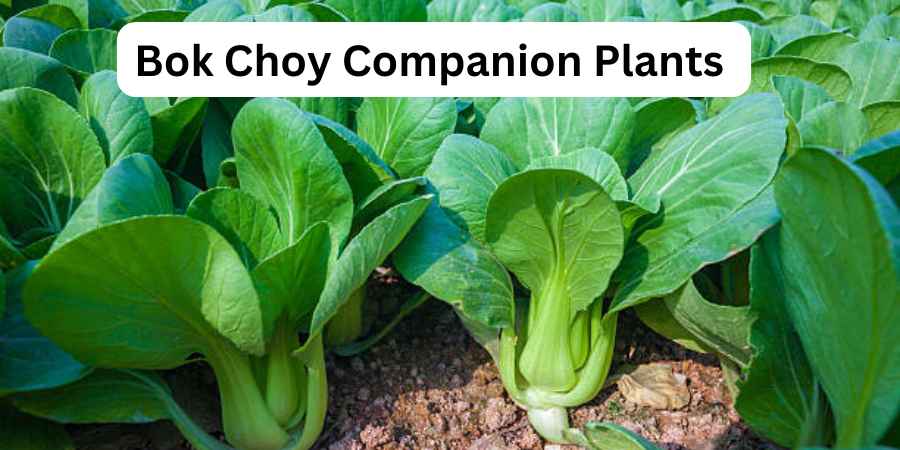Last Updated on May 31, 2025 by Jocelyn
Bok choy, also called Chinese cabbage, has dark green leaves and white stalks. It grows well with the right companion plants, which can help reduce pests and improve growth.
Best companion plants for bok choy are beans, carrots, garlic, chamomile, celery, mint, nasturtiums, dill, and clover. These plants deter pests, attract beneficial insects, or use different soil levels.
Avoid planting bok choy near turnips, radishes, kale, cabbage, arugula, cauliflower, and broccoli, as they attract similar pests or compete for nutrients.
Water bok choy consistently and avoid soggy soil. Monitor for pests to maintain healthy growth.
Table of Contents
ToggleBest Bok Choy Companion Plants
When growing bok choy, which is part of the Brassicaceae family, it’s helpful to know what other plants are good to grow alongside it. Since bok choy is similar to cabbage, broccoli, cauliflower, kale, collards, and Brussels sprouts, it has the same likes and dislikes.
For instance, I always make sure to grow my bok choy with these similar plants to keep my garden healthy and thriving. By planting these together, I get the best results and fewer pests.
1. Beans
Beans are wonderful companion plants for bok choy. When planting them together, they help improve the growth of bok choy by fixing nitrogen in the soil. This means that beans add important nutrients to the ground, making it better for plants to grow.
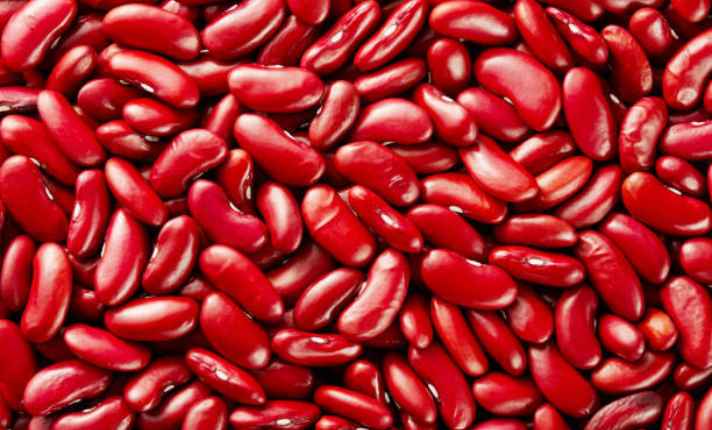
Additionally, beans provide shade and support for the bok choy, which helps it stay healthy. It’s important to choose a bush variety of beans so they don’t overcrowd the bok choy. Beans are great at thriving in well-drained soil and enjoy basking in ample sunlight.
These leguminous wonders really enrich the garden, enhancing the vitality of their botanical companions. As stalwart providers of sustenance and greenery, beans truly epitomize the essence of a garden’s bounty.
2. Carrot
When growing bok choy, one great companion plant to consider is the carrot. Carrots thrive in well-drained, loose soil enriched with organic matter, ensuring they get adequate moisture and sunlight. This helps them achieve robust root growth and vibrant foliage.
Carrots provide general benefits to neighboring plants by improving soil structure with their deep taproots, which enhance soil aeration and create pathways for water and nutrients to reach the other plant roots.
When planted with bok choy, carrots aid in the growth of bok choy by loosening soil and improving drainage.
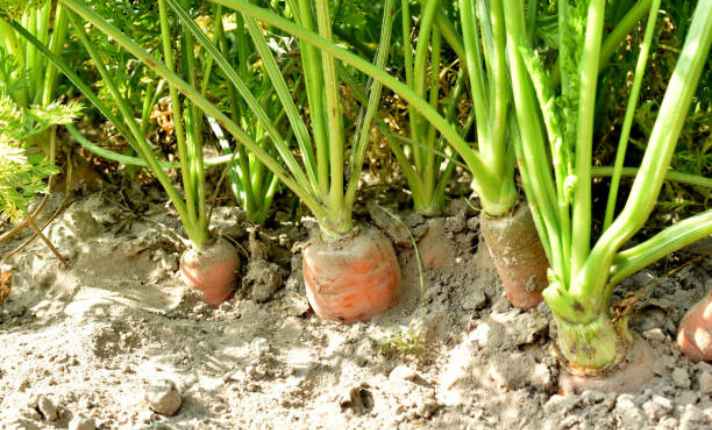
They also offer shade and support to the bok choy, which is often grown in mass quantities for stir-fries. When growing these two together, it’s important to choose a variety of carrots that is tolerant to close plantings, like the ‘Nantes’ variety.
3. Garlic
When growing bok choy, it’s helpful to choose a companion plant like garlic. Garlic improves the growth of bok choy by keeping away pests and diseases.
A good variety to use is the ‘Inchelium Red’ garlic. Garlic does well in well-drained, fertile soil with a pH range between 6.0 and 7.5.
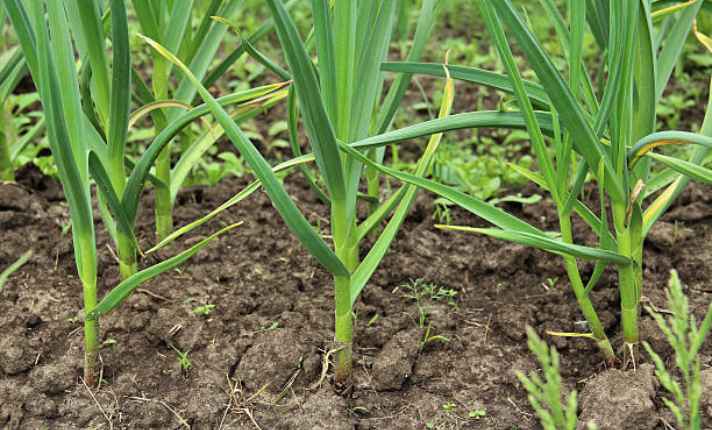
It shows great adaptability and strength. With enough sunlight and moisture, garlic will have robust growth and good bulb development. It also helps neighboring plants by deterring pests with its strong aroma and acts as a natural fungicide against soil-borne diseases.
4. Chamomile
When I grow bok choy in my garden, I love planting chamomile nearby. Chamomile thrives in various growing conditions and needs well-drained, loamy soil with plenty of sunlight. Its adaptability and calmness make it a great companion for bok choy.
With regular moisture and some pruning, chamomile experiences lush growth and beautiful flowering. It helps the other plants by attracting helpful insects like pollinators and boosts overall biodiversity.

I’ve noticed that chamomile really improves soil health. It helps with aerating the soil and adding organic matter, which is great for bok choy. Chamomile also has special chemicals that slow down certain fungus diseases.
If you want to grow chamomile with bok choy, it’s best to choose the Roman variety because it handles close plantings well.
5. Celery
Celery is a wonderful plant to have in your garden, especially alongside Bok Choy. It needs well-drained, nutrient-rich soil to grow well. Adding organic matter to the soil can really help celery thrive. It also needs plenty of moisture and sunlight for strong growth and vibrant foliage.
Planting celery not only benefits its own health but also the health of other plants nearby. It improves soil structure and helps with water retention, which is great for all the plants in the garden. Plus, it encourages microbial activity, which is very good for the soil.

Celery belongs to the Apiaceae family, just like parsley and carrots. This family of plants adds vitality and elegance to any garden.
My experience with celery has shown that it can really make the other plants around it grow better and stay healthier. Planting celery near your Bok Choy can help both plants flourish beautifully.
6. Mint
Mint is a great plant to grow with bok choy because it likes different soil conditions. It grows best in well-drained and moist soil with a pH range of 6.0 to 7.0. Mint does well in Partial shade and needs consistent moisture to keep its foliage green and aromatic leaves healthy.
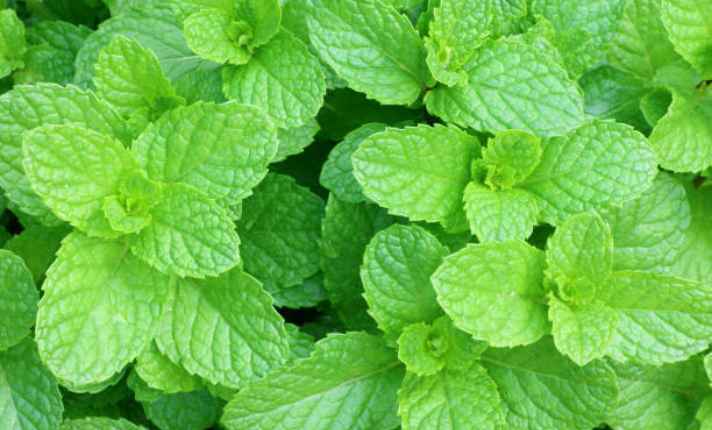
It gives invaluable benefits to neighboring plants by repelling pests and attracting beneficial insects. When you plant mint near bok choy, it helps keep the garden full of freshness. This makes it a great choice to keep your plants happy and safe from bugs.
7. Nasturtiums
I love planting Nasturtiums in my garden, especially near my bok choy. These bright flowers grow well in well-drained and moderately fertile soil with a pH of 6.0 to 7.0. They need lots of sunlight and moisture to thrive, showing off their vibrant flowers and trailing foliage.
Nasturtiums are not just pretty; they are helpful too. They attract pollinators and repel pests like aphids and cucumber beetles. This makes them excellent companion plants. They also produce chemicals that fight fungal diseases.
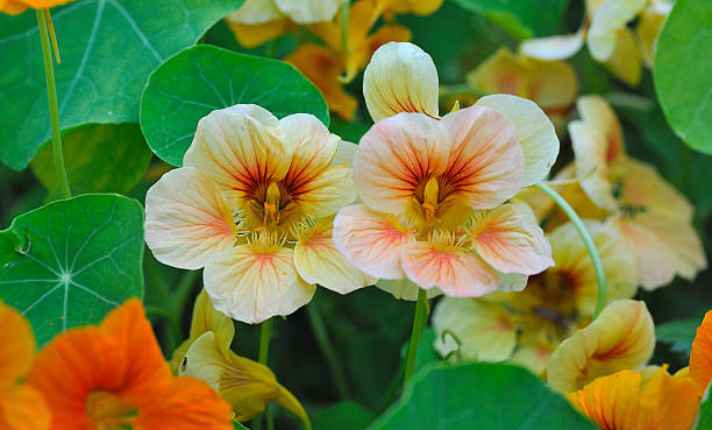
I usually choose the ‘Alaska’ variety because it can grow close to other plants without problems. Their bright color adds beauty to my garden and helps keep my landscapes healthy.
8. Dill
When planting Dill with Bok Choy, it’s important to think about the soil. Dill can grow in many different types of soil, but it likes well-drained and nutrient-rich soil the best. In my own garden, I’ve found that Dill needs lots of sunlight to thrive.
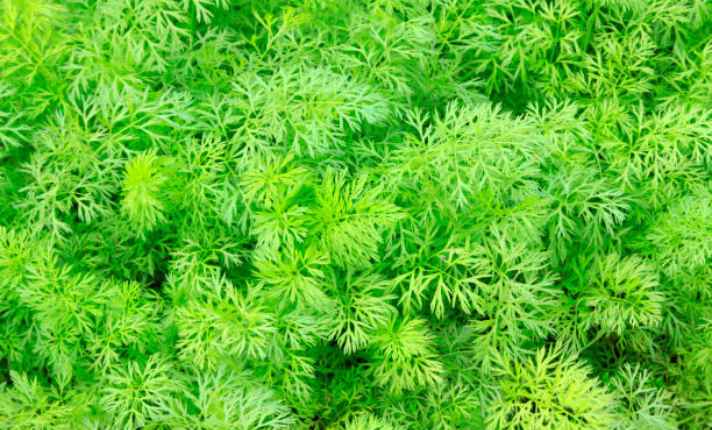
It shows amazing adaptability and elegance as it grows. Keeping the moisture level right and doing some pruning helps Dill’s growth and makes its foliage look lush. Dill can help other plants in the garden by attracting beneficial insects, which can help the whole garden’s biodiversity.
9. Clover
When planting bok choy, it’s smart to choose a companion plant like clover. Clover is very helpful because it adds nitrogen to the soil, which boosts its fertility. This variety of clover, like the Dutch kind, also fights fungal diseases with special chemicals it makes.
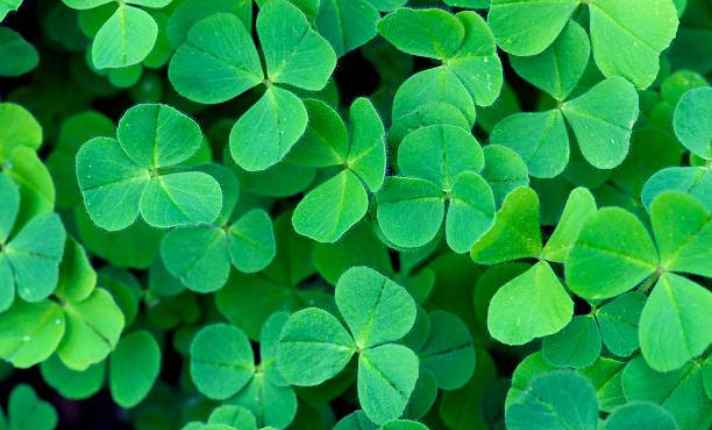
Plus, clover can handle being close to other plantings since it’s tolerant. This way, your bok choy can grow strong and healthy.
Worst Bok Choy Companion Plants
Planting bok choy with the wrong companion plants can cause negative effects like attracting detrimental insects and changing the taste of the bok choy. Some plants can crowd out bok choy or aren’t suited to the climate or soil type.
They may also attract pests such as flea beetles, aphids, caterpillars, cabbage worms, and nematodes, and can bring in diseases. Choosing the right companions is important to avoid these issues.
1. Turnip
Growing turnips with bok choy in your garden can be very helpful. Turnips have strong roots that break up the soil, making it better for other plants. They grow well in loamy soil with a pH range of 6.0 to 7.5. Turnips need lots of sunlight and moisture to grow.
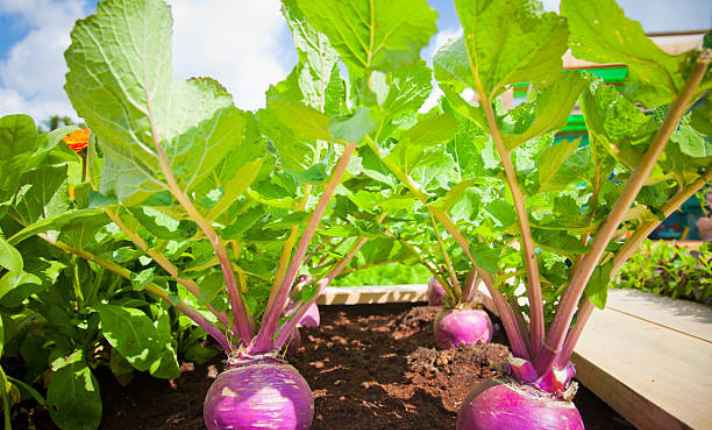
Their leafy foliage helps cover the ground, which stops weed growth and keeps the soil cool and moist. This is good for bok choy’s root development. Turnips also bring important nutrients to the soil, which helps other plants around them.
Planting turnips with bok choy can improve your garden’s resilience and soil structure, giving you strong, healthy plants.
2. Radish
Growing radishes with bok choy is a smart idea. Radishes love loose soil with a pH range of 5.5 to 7.0. They are known for their adaptability and zest in the garden.
Radishes thrive in full sunlight and need consistent moisture for rapid growth. They have vibrant foliage and offer invaluable benefits to neighboring plants like bok choy.

One key advantage of radishes is their ability to help by breaking up compacted soil, which improves soil aeration and drainage. This loosening soil action helps bok choy grow better.
Additionally, radishes can suppress pest populations, making them a perfect companion plant. As they grow, radishes shield and nourish bok choy, helping its development.
Planting radishes, like the Cherry Belle variety, can be very beneficial. They are tolerant of close plantings and provide a towering effect, protecting bok choy. This relationship ensures both plants grow healthily and productively.
3. Kale
When growing bok choy, it’s smart to plant kale nearby. Kale has robust leaves and brings great garden vigor. It grows well in many soil conditions but prefers well-drained, nutrient-rich soil with a pH range of 6.0 to 7.5.
If your garden has partial shade and consistent moisture, you’ll see kale with vibrant foliage and sturdy stems.
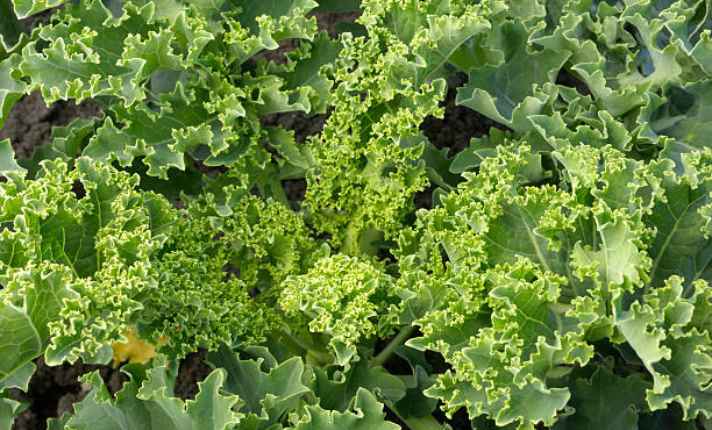
Planting kale next to bok choy offers invaluable benefits. Kale helps neighboring plants by enriching the soil with nutrients. It also helps in suppressing weeds and attracting beneficial insects like ladybugs and lacewings.
These insects are great helpers in the garden and will keep your plants healthy. So, pairing bok choy with kale is a great idea for a thriving garden.
4. Cabbage
In my garden, I love growing bok choy alongside many other plants. One of my favorite companions for bok choy is cabbage. Cabbage thrives in various soil conditions. I have noticed it grows best in well-drained soil enriched with compost.
It can handle different pH levels, ranging from slightly acidic to neutral. This flexibility makes it easy to find a good spot for it in the garden.
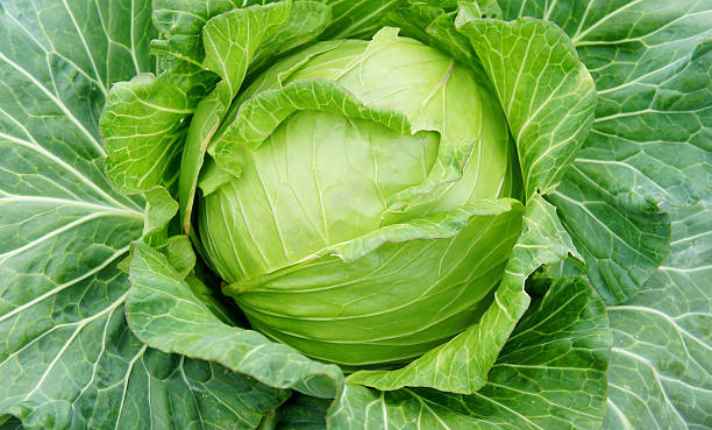
Cabbage needs plenty of moisture and sunlight for strong growth and ample foliage. Being a member of the Brassicaceae family, it fits well with other vegetables like kale and Brussels sprouts.
This family of plants is great for a diverse garden domain. Cabbage adds culinary versatility to our meals and brings a touch of natural elegance to the garden.
5. Arugula
When growing Bok Choy, consider Arugula as a great companion plant. Arugula is known for its bold, peppery flavor and delicate leaves. It’s a key player in companion gardening because it helps in many ways.
Arugula likes to grow in well-drained, fertile soil with a pH range of 6 to 6.8.
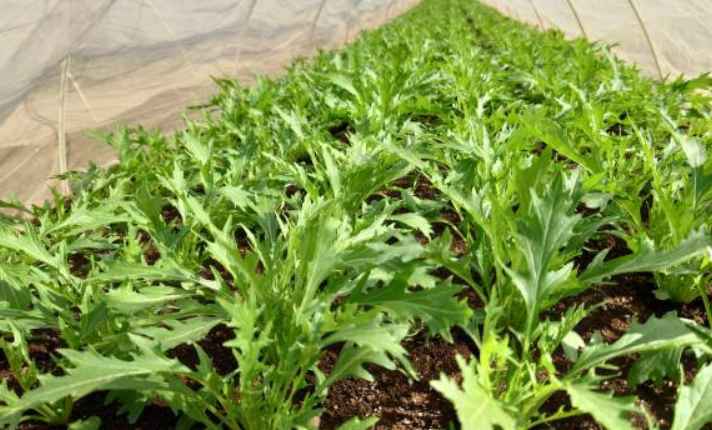
It has a preference for cool weather, so it’s best to plant it in early spring and fall plantings. This resilient green needs moderate watering and occasional fertilization.
It grows well in soil rich in nitrogen, phosphorus, and potassium, making it perfect for enriching your garden and enhancing the landscape. The bold, peppery flavor of Arugula adds a unique taste to your garden palates and makes your gardening experience more enjoyable.
6. Cauliflower
Cauliflower is an excellent companion plant for bok choy. It thrives in various soil conditions, especially in well-drained, fertile soil that is enriched with organic matter. When adequate moisture and sunlight support its vigorous growth, cauliflower produces abundant curds.
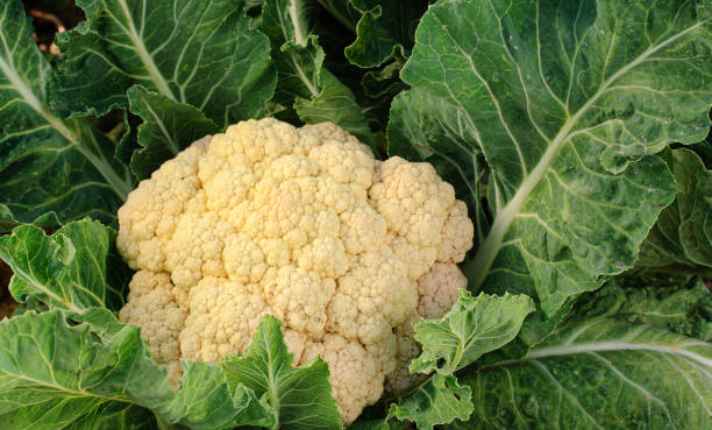
This plant not only grows well itself but also extends benefits to neighboring plants by enhancing soil health, promoting microbial activity, and optimizing nutrient availability.
As a member belonging to the Brassicaceae family, it shares its space with esteemed companions like broccoli and Brussels sprouts.
Cauliflower truly epitomizes the lush abundance and natural charm found in a garden’s bounty.
7. Broccoli
Broccoli is a favorite in my garden. It flourishes in diverse growing conditions and prefers well-drained soil that’s enriched with organic matter. Broccoli easily adapts to pH levels from slightly acidic to neutral.
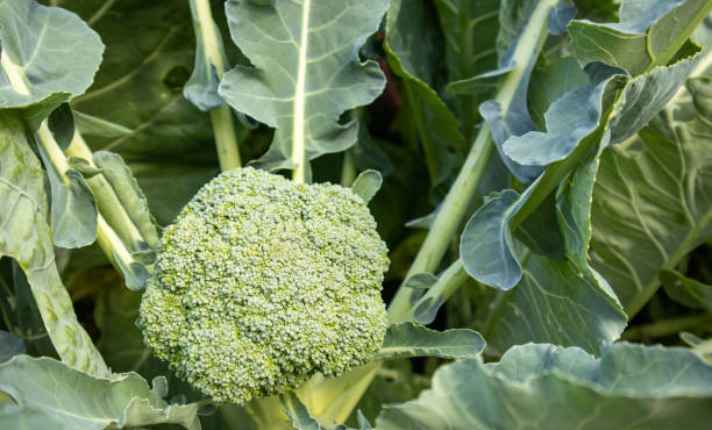
With adequate moisture and sunlight, it shows vigorous growth and produces abundant yields. Belonging to the Brassicaceae family, alongside kale and cabbage, broccoli adds to the natural abundance and beauty of the garden.
Curious about companion planting? Explore my guide for:
- Lemon verbena companion plants
- Companion planting chives
- Asparagus companion plants
- Coral bell’s companion plants
Benefits of Companion Planting With Bok Choy
Planting bok choy with companion plants offers many benefits, including improved growth, natural pest control, and better soil health. These companions release natural chemicals that repel pests and attract beneficial insects like ladybugs and predatory wasps.
They also enhance nutrient uptake and improve water retention, creating a thriving garden ecosystem.
| Benefit | Description |
| Improved Growth | Companion plants help bok choy grow better by reducing competition for resources like water, sunlight, and nutrients, and by providing shade. |
| Natural Pest Control | Some plants emit natural chemicals that act as pest deterrents and attract beneficial insects that feed on pests, reducing the need for chemical pesticides. |
| Soil Health | Companion planting improves soil health by preventing soil erosion, suppressing weeds, and increasing nutrient uptake through nitrogen-fixing plants. |
| Water Retention | Certain plants, like comfrey, produce many leaves that shade soil and reduce evaporation, helping the soil retain water better. |
| Increased Biodiversity | Planting diverse species together boosts biodiversity, attracting beneficial insects like lacewings and pollinators like bees, which help with pollination. |
FAQ’s
Q: What Is the Best Fertilizer for Pak Choi?
A: To grow Pak-choi well, use organic fertilizer and avoid acid soils. Mix well-rotted manure into the soil and add hydrated agricultural lime to each planting hole.
This helps balance the soil. You can also grow Pak-choi in containers using the same method. This preparation ensures your Pak-choi plants grow healthy in any home garden situation.
Q: Can Bok Choy Grow in Full Sun?
A: When planting bok choy, make sure it gets partial shade for three to five hours of sunlight each day. It can grow in full sun but needs consistent watering, especially in the fall when temperatures are higher.
Q: What Is the Best Planting Distance for Pak Choi?
A: To grow pak choi properly, it’s important to think about the best planting distance. For tiny baby leaves, plant them 8–10cm (or 3–4in) apart. If you want semi-mature plants, space them 20cm (or 8in) apart. For fully grown, mature plants, use 25–30cm (or 10–12in). This way, you’ll have a great harvest of pak choi.
Q: What Is the Best Month to Plant Bok Choy?
A: Bok choy is an Asian cabbage variety. It grows best in spring or fall. If sown in late summer, it may bolt. April is a good month for sowing.
You can’t grow bok choy well in the hot summer. It grows best when days are not too long. This makes it great for many parts of the world.
Q: Is Pak Choi Heat Tolerant?
A: Pak choi grows well in the sun but needs protection from heat. When young, it requires care during spring plantings as frost and cold night temperatures can harm it.
The Asian Delight variety, an All-America Selections winner, outperformed others in trials due to its heat tolerance and delayed flowering, which doubles yield.
Conclusion
Companion planting boosts your bok choy growth. Planting marigolds nearby can deter pests effectively. Choose companions based on climate and soil type to promote healthy growth. Avoid plants that compete for resources.
Start with easy companions like radishes and lettuce. They do well in similar conditions and won’t hinder bok choy. Additionally, research local pests to select the best partners. This strategy creates a supportive environment for your crops.
By carefully choosing companion plants, you improve your garden’s health. Remember to observe how plants interact. Adjust as needed to maximize benefits and support strong bok choy crops.
